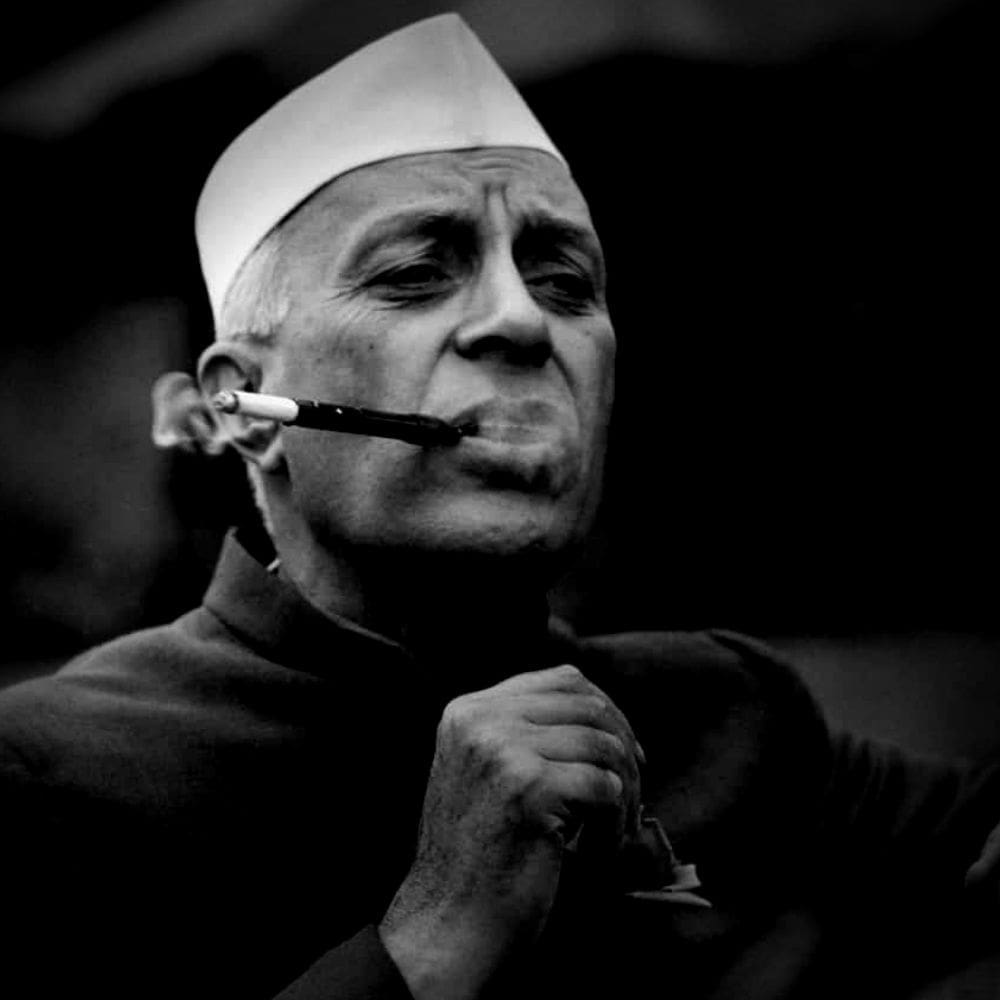NEHRU & NETAJI’S STOLEN WAR CHEST
No freedom fighter could raise as much amount as Netaji Subhas did. He appealed to the patriotism of an estimated two million Indians in erstwhile British colonies conquered by his Japanese allies for donations to finance his government-in-exile and the Indian National Army (INA). Netaji’s personality, his emotive speeches and his unswerving commitment to Indian independence moved the diaspora. Numerous housewives gave away their gold in the cause of freedom. Reportedly, one Habib Sahib gifted all his property of over a crore of rupees; and VK Chelliah Nadar, a Rangoon- based businessman and an INA funder, deposited Rs 42 crores and 2,800 gold coins in the Azad Hind Bank!
After Rangoon, where Azad Hind Bank was headquartered, fell to the Allies in 1945, Netaji retreated to Bangkok on 24 April 1945 carrying with him the treasury, including gold bars and ornaments, in steel boxes. Japan surrendered to the Allied Powers on 15 August 1945, and the 40,000-strong INA followed suit. On 18 August 1945 Netaji boarded a Japanese bomber in Saigon bound for Manchuria, carrying the INA treasure, along with his aide Habibur Rahman. The plane reportedly crashed in Taiwan. The retrieved treasure from the crash site was handed over by the Japanese army to SA Ayer and M Rama Murti of the IIL (Indian Independence League— which had come under Netaji) at Tokyo.
Local Indians in Tokyo suspected that Rama Murti and SA Aiyer had jointly defalcated the INA treasure—there was enough circumstantial evidence. Inexplicably, India did nothing to get back the treasure, and rather than setting up an enquiry or hauling up Murti and Aiyer, the government absorbed Aiyer as a director of publicity with the Bombay state, while Murti lead an affluent life-style in Tokyo, in sharp contrast to the devastation all around.
Sir Benegal Rama Rau, the first head of the Indian liaison mission in Tokyo, wrote to the MEA (Ministry of External Affairs), headed by the PM Nehru himself, in India on 4 December 1947 alleging that the INA treasure had been embezzled by Murti. Strangely, the MEA responded it could not be interested in the INA funds! It seems it wasn’t just a case of indifference, it was much more than that.
KK Chettur, who headed the Tokyo mission/embassy during 1951-52, took up the matter of misappropriation of the INA treasure vigorously. (Incidentally, Jaya Jaitley is Chettur’s daughter. She has penned an excellent, worth-reading article “#NehruSnooped: Truth behind Netaji files” in the connection. ) In response, the government sent SA Aiyer on a secret mission to Tokyo. He advised collection of the retrieved treasury from Murti saying it was in his safe custody. Chettur suspected Aiyer-Murti collusion in returning part amount just to close the matter. He recommended to the government a thorough probe in the matter on 22 June 1951. But, nothing came of it. The Indian embassy collected whatever there was at Murti’s residence as the INA treasure in October 1951. The same was secretly brought into India from Japan, and was also inspected by Nehru who reportedly made a snide comment: “poor show”. Nehru quoted from Aiyer’s report in the parliament in 1952 affirming Netaji’s death in an air crash in Taipei. Aiyer was later appointed adviser, integrated publicity programme, for the Five Year Plan.
RD Sathe, an undersecretary in the MEA, wrote a two-page secret note on 1 November 1951 titled “INA Treasures and their handling by Messrs Ayer and Ramamurthi” pointing out the circumstances of the mysterious disappearance of the massive INA treasure and the highly suspicious role of Aiyar-Murti duo; and the token return of a paltry portion from it that raised even more questions. Sathe’s note was signed by Jawaharlal Nehru on 5 November 1951 in token of having read it. But, like the earlier notes of Rau and Chettur, Sathe’s note too was just filed away by the Nehru’s government. However, the matter refused to die.
The Indian ambassador in Tokyo, AK Dar, sent a four-page secret note to the MEA in 1955 advocating a public inquiry into the matter of the disappearance of the INA treasure. He opined that even if the government was not able to get the treasure back, at least the culprits or the likely culprits would be known. He further said that the government’s 10-year long indifference in the matter had not only helped the guilty party escape, but had done injustice to the great work and sacrifice of Netaji. Even the Shah Nawaz Committee set up in 1956 to probe Netaji’s disappearance had recommended an inquiry into all the assets of Netaji’s government-in-exile including the INA treasure.
Yet Nehru did nothing! And, that’s baffling. It was not a small amount. The total treasure, had it been recovered, would have been worth several hundred crore rupees today. Was Nehru’s government protecting the embezzlers? Why did Nehru’s government accommodate a suspect embezzler SA Aiyar in the government service, and even depute him on a secret mission, as mentioned above? Was Aiyar’s report confirming death of Netaji a quid-pro-quo? Was Nehru afraid Aiyar-Murti duo may spill the beans on the alleged fiction of Netaji’s death in the air-crash if they were hauled up? Anuj Dhar’s book on the subject ‘India’s Biggest Cover-up’ is worth reading.



